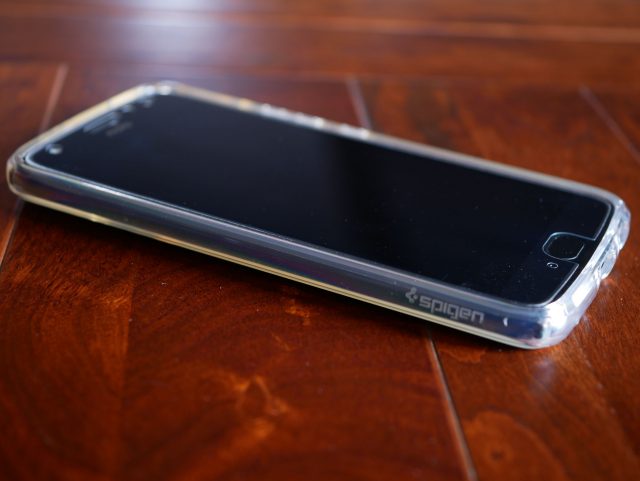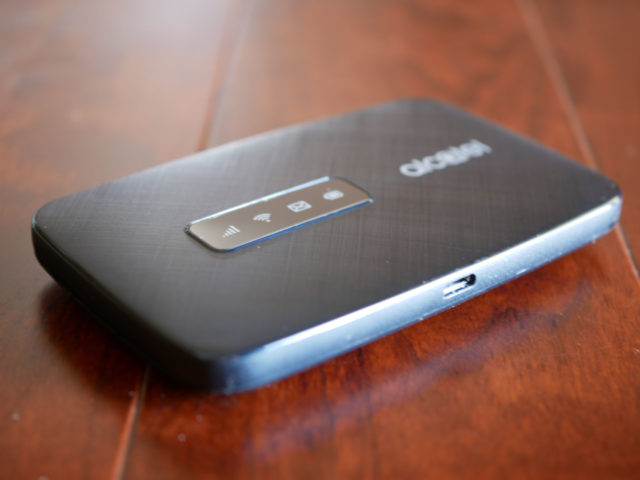The somewhat popular HP MicroServer series has been an excellent starting point for all sorts of home lab experimentation. They are particularly well suited for acting as a media server (using Plex, Jellyfin, or others). While CPU transcoding will suffice for a steam or two, it will heavily tax the CPU. Hence, the popularity of GPU transcoding (NVENC and QuickSync).
Thanks to HP’s design decisions, the MicroSever Gen 8 does not enable the iGPU present on many Intel CPUs. What makes this an unfortunate decision is the MicroServer Gen 8 uses the LGA1155 socket—the consumer oriented socket where most of the CPUs, including the Xeons, have integrated graphics. Instead, a Matrox G200EH handles basic VGA duties. Which is a shame, the iGPU in the Ivybridge generation CPUs is not only more powerful, it also has QuickSync for transcoding acceleration. While this is disappointing, the MicroServer Gen 8 does have a PCIe x16 slot (PCIe 2.0).
Continue reading

